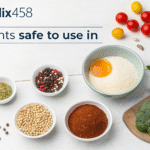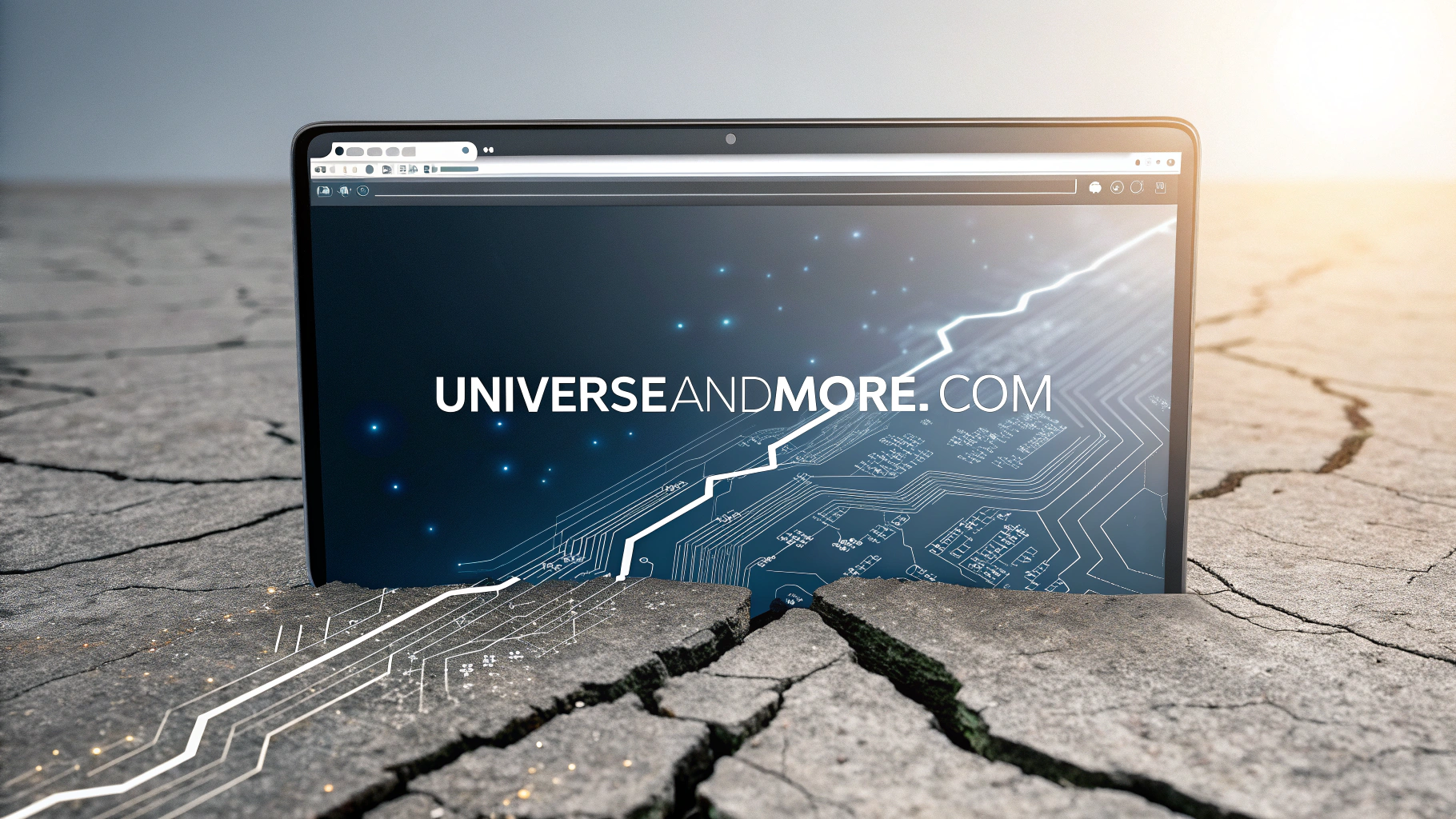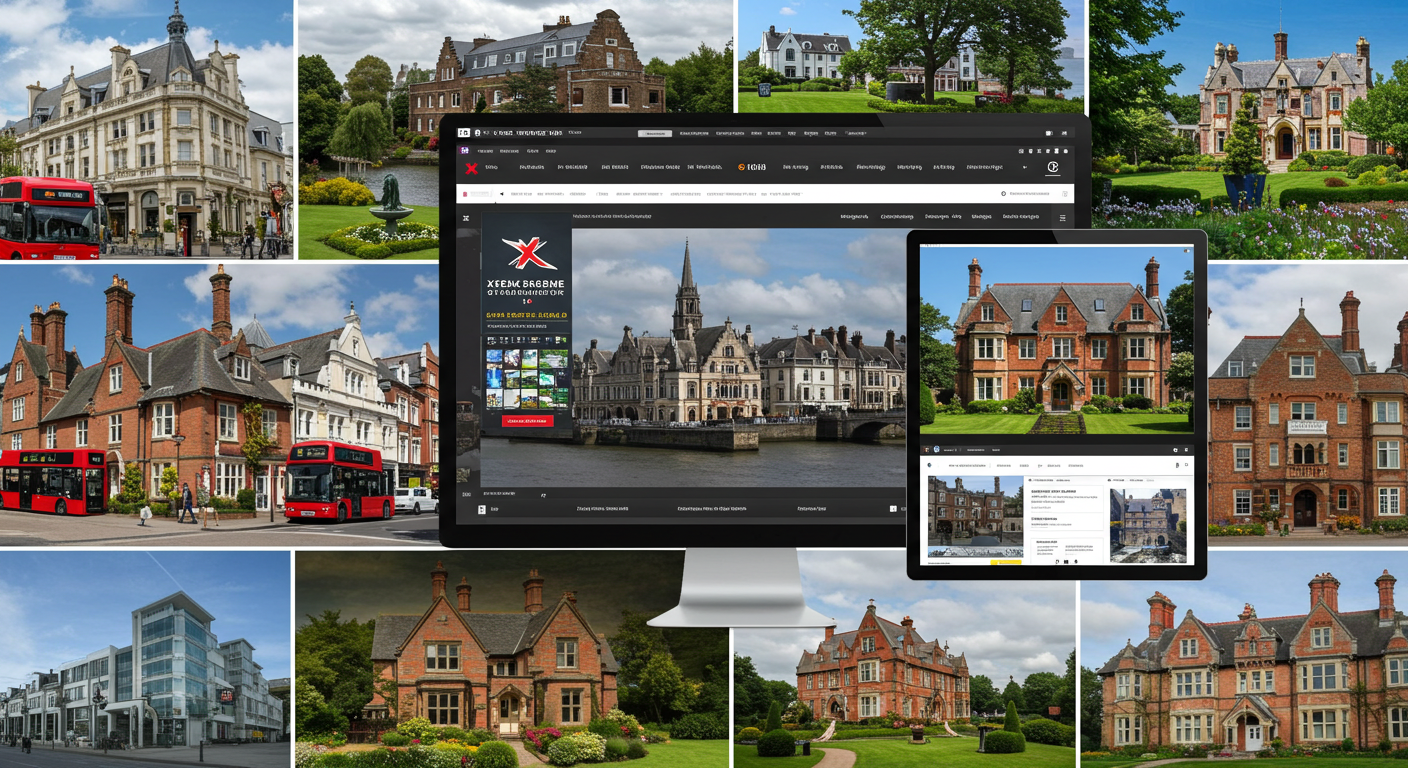In today’s fast-paced world, the concept of “urgency” has taken on a whole new meaning, especially in the realm of delivery services. With the rise of e-commerce giants and the increasing demand for instant gratification, businesses are constantly striving to meet the ever-growing need for swift and efficient delivery.
This has given birth to the phenomenon of “urge delivery,” a term that encapsulates the urgency and immediacy with which goods and services are delivered to consumers.
In this comprehensive guide, we will delve into the intricacies of urge delivery, exploring its significance, challenges, and strategies for implementation.
Understanding Urge Delivery: Defining the Concept
At its core, urge delivery refers to the expedited delivery of goods or services to consumers, often within a very short timeframe. Unlike traditional delivery models, which may take days or even weeks to fulfill orders, urge delivery prioritizes speed and efficiency, aiming to meet consumers’ needs as quickly as possible. This concept has gained traction in recent years due to changing consumer expectations and the proliferation of on-demand services.
Read: Monrepscn – Everything You Need To Know
The Significance of Urge Delivery in Today’s Market:

In an era defined by instant gratification and convenience, urge delivery has emerged as a key differentiator for businesses looking to stay ahead of the competition. With consumers increasingly prioritizing speed and convenience in their purchasing decisions, companies that offer urge delivery have a distinct advantage. Not only does it enhance customer satisfaction and loyalty, but it also allows businesses to tap into new markets and revenue streams by catering to time-sensitive needs.
Challenges and Obstacles in Implementing Urge Delivery:
While urge delivery offers numerous benefits, it also presents a unique set of challenges for businesses to overcome. One of the primary obstacles is logistics management, as fulfilling orders within a short timeframe requires meticulous planning and coordination. Additionally, maintaining cost-effectiveness can be a challenge, as expedited delivery often entails higher operational expenses. Furthermore, ensuring the reliability and consistency of urge delivery services is essential to building trust with consumers and mitigating the risk of dissatisfaction or negative reviews.
Strategies for Successful Urge Delivery Implementation
Despite the challenges, there are several strategies that businesses can employ to successfully implement urge delivery:
Streamlined Logistics:
Invest in robust logistics infrastructure and technology to optimize delivery routes, minimize transit times, and enhance efficiency.
Real-Time Tracking:
Provide customers with real-time tracking capabilities to monitor the status of their orders and receive updates on delivery progress.
Strategic Partnerships:
Collaborate with third-party logistics providers or local courier services to extend delivery reach and capacity, particularly in high-demand areas.
Flexible Delivery Options:
Offer flexible delivery options such as same-day or express delivery, allowing customers to choose the timeframe that best suits their needs.
Continuous Improvement:
Regularly evaluate and refine urge delivery processes based on customer feedback, operational data, and market trends to ensure ongoing optimization and excellence.
The Evolution of Consumer Expectations:

Understanding the evolution of consumer expectations is crucial for businesses seeking to implement urge delivery successfully. Today’s consumers are accustomed to instant gratification and seamless experiences, driven by the convenience of online shopping and on-demand services.
As a result, they expect fast, reliable, and convenient delivery options that align with their busy lifestyles. By recognizing and adapting to these shifting expectations, businesses can tailor their urge delivery strategies to meet the demands of modern consumers effectively.
Technology as a Catalyst for Urgent Delivery:
Advancements in technology have played a pivotal role in enabling urge delivery and transforming the way goods and services are delivered to consumers. From sophisticated logistics management systems to real-time tracking solutions and delivery optimization algorithms, technology has empowered businesses to streamline operations, enhance efficiency, and offer faster delivery times. Embracing innovative technologies allows businesses to stay agile and responsive in meeting the growing demand for urge delivery while delivering exceptional customer experiences.
Overcoming Operational Challenges:
Implementing urge delivery poses various operational challenges for businesses, ranging from inventory management and order processing to last-mile logistics and workforce optimization.
Overcoming these challenges requires a comprehensive approach that addresses key operational pain points and establishes robust processes and systems.
By investing in automation, optimizing inventory levels, and fostering collaboration across departments, businesses can mitigate operational challenges and ensure the seamless execution of urge delivery services.
Balancing Speed and Cost-Efficiency:
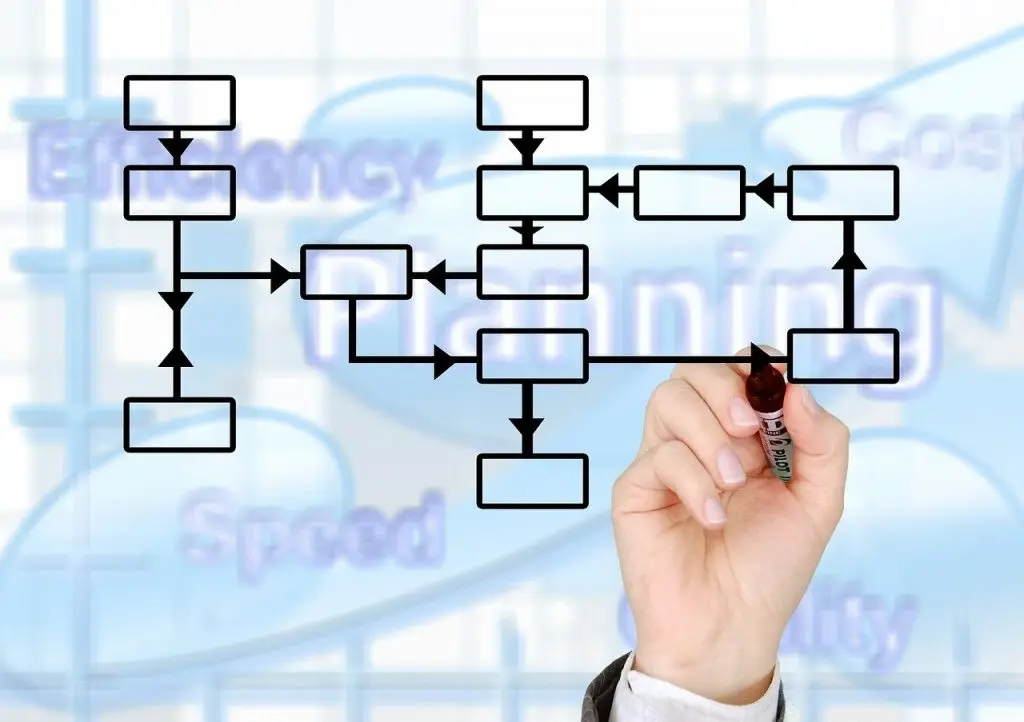
Balancing speed and cost-efficiency is a delicate equilibrium that businesses must navigate when implementing urge delivery. While consumers prioritize fast delivery, businesses must also consider the financial implications of expedited shipping and fulfillment.
Finding the right balance between speed and cost-effectiveness requires careful planning, strategic decision-making, and a thorough understanding of market dynamics.
By optimizing delivery routes, leveraging economies of scale, and negotiating favorable partnerships, businesses can achieve a competitive edge in urge delivery while maintaining profitability.
Personalization and Customization in Urgent Delivery:
Personalization and customization are increasingly becoming essential components of urge delivery strategies, allowing businesses to cater to the unique preferences and needs of individual customers.
By leveraging data analytics, machine learning, and AI-driven insights, businesses can personalize the urge delivery experience, offering tailored delivery options, product recommendations, and promotional offers.
This not only enhances customer satisfaction but also fosters brand loyalty and strengthens relationships with customers. Embracing personalization and customization enables businesses to differentiate themselves in the urge delivery landscape and deliver exceptional value to their customers.
Read: All Info About Örviri
Sustainable Practices in Urge Delivery:
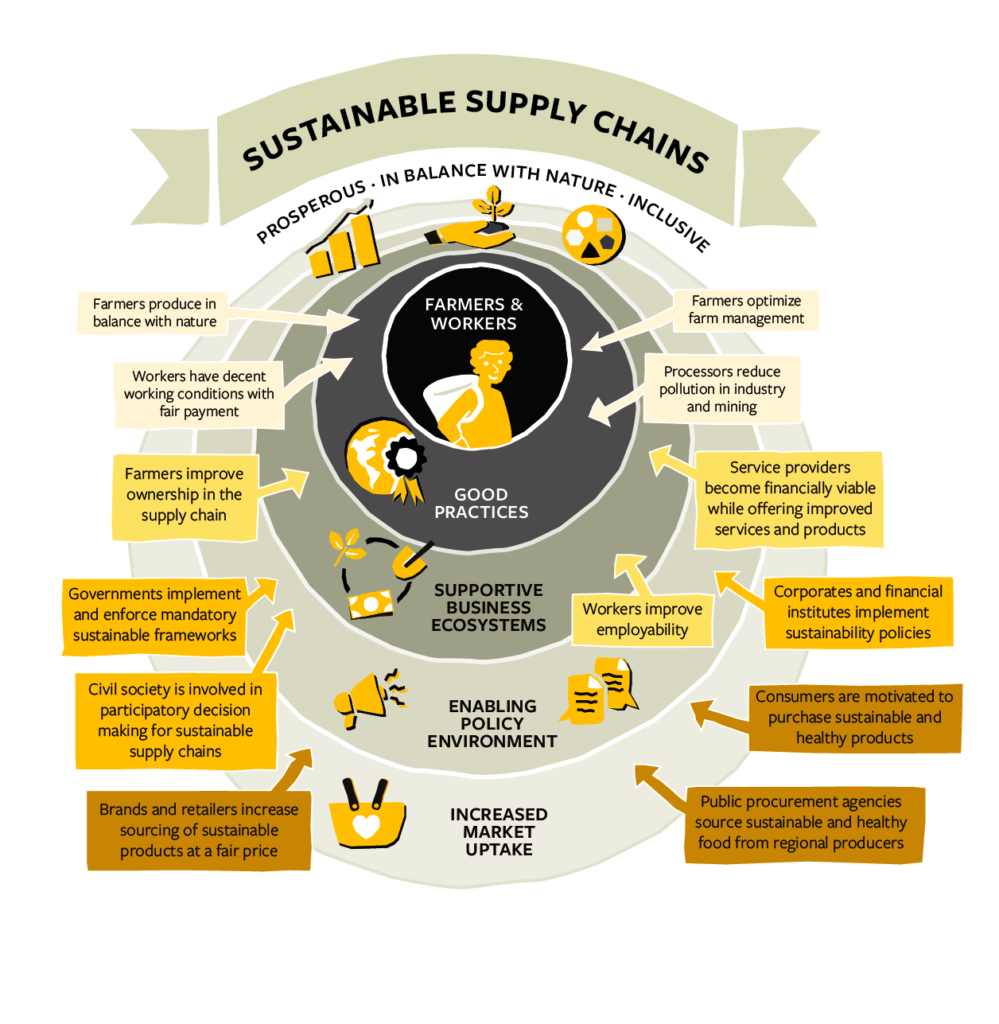
In an era where environmental sustainability is of paramount importance, businesses must consider the environmental impact of their urge delivery operations.
Sustainable practices in urge delivery encompass initiatives aimed at reducing carbon emissions, minimizing packaging waste, and optimizing transportation routes to reduce fuel consumption.
By adopting eco-friendly packaging materials, investing in electric or hybrid delivery vehicles, and implementing innovative green logistics solutions, businesses can minimize their ecological footprint while offering urgent delivery services.
Embracing sustainable practices not only aligns with consumer values but also contributes to long-term environmental stewardship and corporate responsibility.
Conclusion:
In conclusion, urge delivery represents a paradigm shift in the way businesses approach the delivery of goods and services. By prioritizing speed, efficiency, and customer satisfaction, companies can unlock new opportunities for growth and differentiation in an increasingly competitive landscape.
As consumer expectations continue to evolve, businesses that embrace the era of urgent delivery will be well-positioned to thrive in the digital age.
Read Also:
